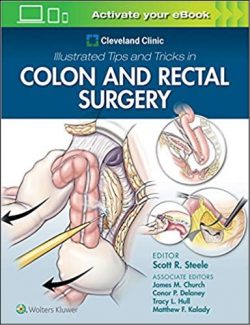This book discusses recent advances in the field of translational stroke research. The editors have designed the book to provide new insight into the importance of regeneration and repair mechanisms for stroke victims. The editors have brought together a talented group of international stroke researchers and clinicians to contribute to this volume, which is written for students, researchers and physicians in biotechnology, neurosciences, neurology, neuroradiology and neurosurgery.
Throughout the world, stroke is still a leading cause of mortality and morbidity; there are 152,000 strokes in the United Kingdom, 62,000 in Canada, and approximately 15 million people worldwide. Large communities of stroke survivors are eagerly awaiting scientific advances in translational stroke research related to regeneration and recovery of function that would offer new therapeutics for rehabilitation and regeneration utilizing novel stem cell and molecular-based approaches. This volume will allow the reader to undersnd the future of stroke treatment from its inception in the laboratory through to clinical trial design. The reader will learn about the recent advances made in these areas related to basic and applied stroke research and their translational potential.
Dr. Paul A. Lapchak is Professor of Neurology and Director of Translational Research in the Departments of Neurology & Neurosurgery at Cedars-Sinai Medical Center in Los Angeles CA, USA. Dr. Lapchak is an internationally recognized expert conducting translational drug development research for ischemic and hemorrhagic stroke.
Dr. John H. Zhang is Professor of Anesthesiology, Neurosurgery, Neurology, and Physiology, and Director, Center for Neuroscience Research at Loma Linda University School of Medicine, Loma Linda, CA, USA. Dr. Zhang is an internationally recognized expert working on drug development for hemorrhagic stroke.
This book discusses recent advances in the field of translational stroke research. The editors have designed the book to provide new insight into the importance of regeneration and repair mechanisms for stroke victims. The editors have brought together a talented group of international stroke researchers and clinicians to contribute to this volume, which is written for students, researchers and physicians in biotechnology, neurosciences, neurology, neuroradiology and neurosurgery.
Throughout the world, stroke is still a leading cause of mortality and morbidity; there are 152,000 strokes in the United Kingdom, 62,000 in Canada, and approximately 15 million people worldwide. Large communities of stroke survivors are eagerly awaiting scientific advances in translational stroke research related to regeneration and recovery of function that would offer new therapeutics for rehabilitation and regeneration utilizing novel stem cell and molecular-based approaches. This volume will allow the reader to understand the future of stroke treatment from its inception in the laboratory through to clinical trial design. The reader will learn about the recent advances made in these areas related to basic and applied stroke research and their translational potential.
Dr. Paul A. Lapchak is Professor of Neurology and Director of Translational Research in the Departments of Neurology & Neurosurgery at Cedars-Sinai Medical Center in Los Angeles CA, USA. Dr. Lapchak is an internationally recognized expert conducting translational drug development research for ischemic and hemorrhagic stroke.
Dr. John H. Zhang is Professor of Anesthesiology, Neurosurgery, Neurology, and Physiology, and Director, Center for Neuroscience Research at Loma Linda University School of Medicine, Loma Linda, CA, USA. Dr. Zhang is an internationally recognized expert working on drug development for hemorrhagic stroke.
Stem cell therapy and molecular approaches
Stem cell therapy and molecular approaches





